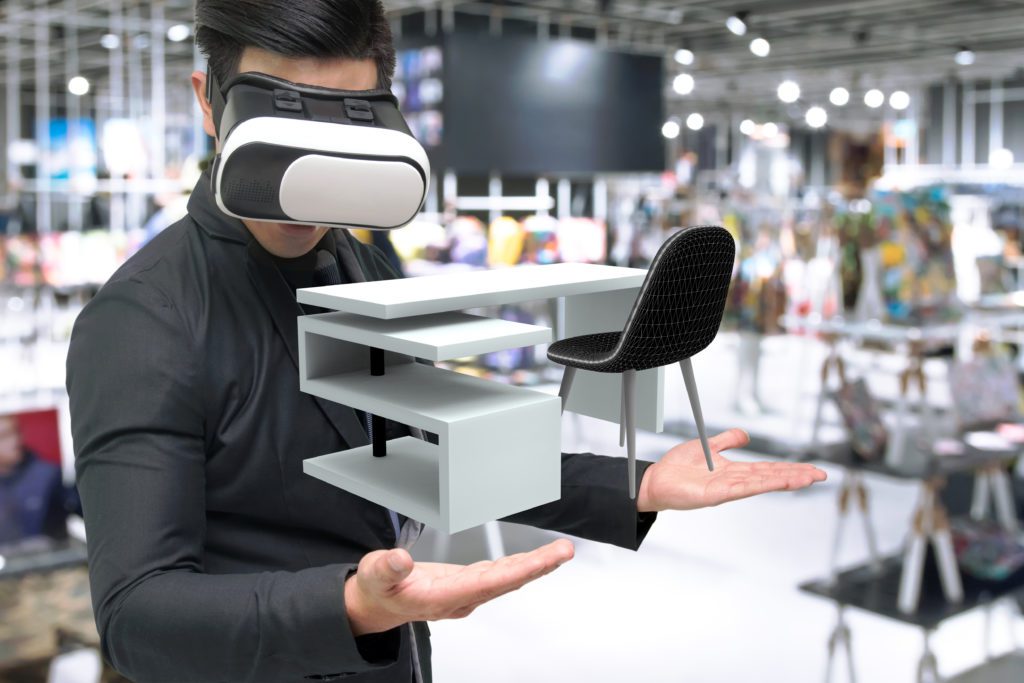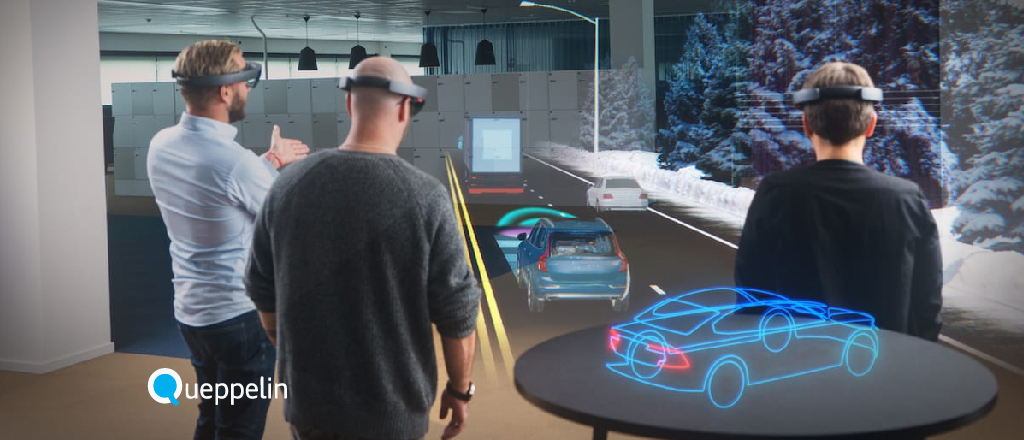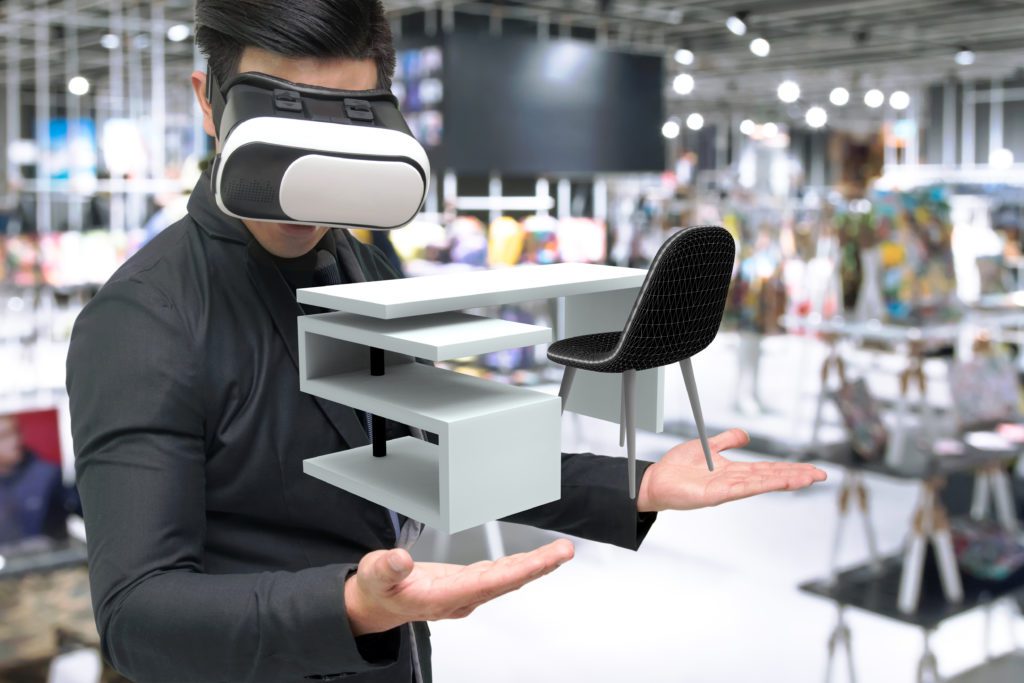Revolutionizing Customer Experiences: How Virtual Reality is Redefining the Future

As the world becomes increasingly digital, businesses are looking for innovative ways to enhance customer experiences and stay ahead of the competition. One technology that’s been gaining significant attention in recent years is Virtual Reality (VR). This immersive technology has the potential to revolutionize customer experiences, transforming the way brands interact with their audience, engage with customers, and ultimately drive sales.
In this article, we’ll explore the impact of VR on global customer experiences, highlighting its benefits, applications, and future prospects.
Unlocking New Dimensions of Customer Engagement
Traditional customer engagement methods are becoming increasingly ineffective in today’s digital landscape. With the rise of VR, businesses can now transport customers into new dimensions of immersive experiences, revolutionizing the way they interact with brands.
VR experiences enable customers to engage with products in a more interactive and memorable way, fostering a deeper emotional connection between the customer and the brand. For instance, IKEA has used VR to allow customers to design and visualize their future furniture purchases before making a purchase.
Benefits of VR for Customer Engagement:
- Increased brand loyalty: Immersive VR experiences create a lasting impression on customers, cultivating brand loyalty and repeat business.
- Improved customer retention: VR experiences can help reduce returns and exchanges by allowing customers to fully understand products before making a purchase.
- Enhanced customer conversion rates: With VR, customers can better visualize and interact with products, leading to increased conversion rates and revenue.
Revolutionizing Customer Support and Service
Traditional customer support methods are often limited to phone calls, emails, and online chatbots. However, with VR, businesses can now provide immersive, interactive support experiences that delight customers.
Applications of VR in Customer Support:
- VR-based training: Customers can learn about products and services through interactive simulations, reducing the need for physical product demonstrations and customer support staff.
- Virtual product walk-throughs: Customers can remotely explore products, receiving detailed information and addressing questions in real-time.
- Immersive customer support: Customers can access immersive, interactive support experiences, resolving issues quickly and efficiently.
Transforming Product Design and Development

Rapid prototyping and testing have become exponentially more efficient with the integration of VR in product design and development. Companies can now quickly iterate and refine designs, ensuring products meet customer expectations.
Advantages of VR in Product Design:
- Reduced design costs: VR enables companies to test and refine designs virtually, minimizing costs and waste associated with creating multiple prototypes.
- Faster time-to-market: With VR, companies can rapidly iterate and refine designs, ensuring products reach the market faster and more efficiently.
- Improved product quality: VR allows companies to test and validate designs in a digital environment, reducing the likelihood of errors and defects.
Opening New Doors to Accessibility and Inclusivity
VR technology has the potential to revolutionize the way we access information, services, and experiences. For individuals with disabilities or remote communities, VR can enable new levels of accessibility and inclusivity.
Applications of VR in Accessibility and Inclusivity:
- Remote experience: VR can transport individuals to destinations and experiences that might be challenging or impossible for them to access in person.
- Accessibility training: VR-based training programs can educate individuals about accessibility and inclusion, fostering empathy and understanding.
- Inclusive marketing: VR experiences can be designed with accessibility features, promoting inclusivity and catering to diverse customer needs.
What’s Next for VR in Customer Experience?
The future of VR in customer experience holds immense promise. As the technology continues to evolve, we can expect to see even more innovative applications and breakthroughs.
Predictions for VR in Customer Experience:
- Increased adoption: VR is poised to become a mainstream technology, driving widespread adoption across various industries.
- Enhanced capabilities: Advancements in VR capabilities, such as improved graphics and increased resolution, will further enhance immersive experiences.
- Integration with other technologies: VR will integrate with AI, AR, and other emerging technologies to create seamless, omnichannel customer experiences.
Actionable Steps for Businesses to Leverage VR
Are you ready to revolutionize customer experiences with VR? Here are some actionable steps your business can take:
- Conduct market research: Analyze customer pain points, preferences, and expectations to identify VR opportunities that align with your business goals.
- Invest in VR equipment: Acquire VR hardware and software, such as headsets, controllers, and development tools, to create immersive experiences.
- Develop a VR strategy: Define a clear VR roadmap that incorporates your business goals, target audience, and desired outcomes.
- Partner with VR experts: Collaborate with VR professionals, designers, and developers to create exceptional experiences that meet customer expectations.
- Monitor and measure performance: Continuously evaluate VR initiative performance, gathering feedback and adjusting strategies to optimize customer experiences.
Share Your Thoughts:
The future of VR in customer experience is exciting and full of possibilities. Share your thoughts on how VR can transform customer experiences and drive business success. Let us know which innovations you’re eager to see in the future and how businesses can leverage VR to create unforgettable experiences.
Revolutionize Customer Experiences with Virtual Reality
Embark on this transformative journey with us and unlock new dimensions of customer engagement, accessibility, and inclusivity. Together, let’s harness the power of VR to revolutionize the customer experience landscape and drive business success.


